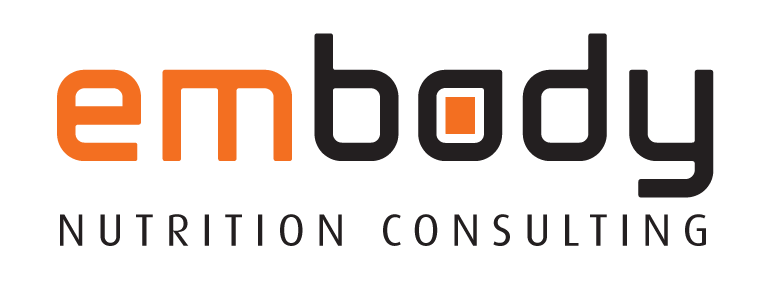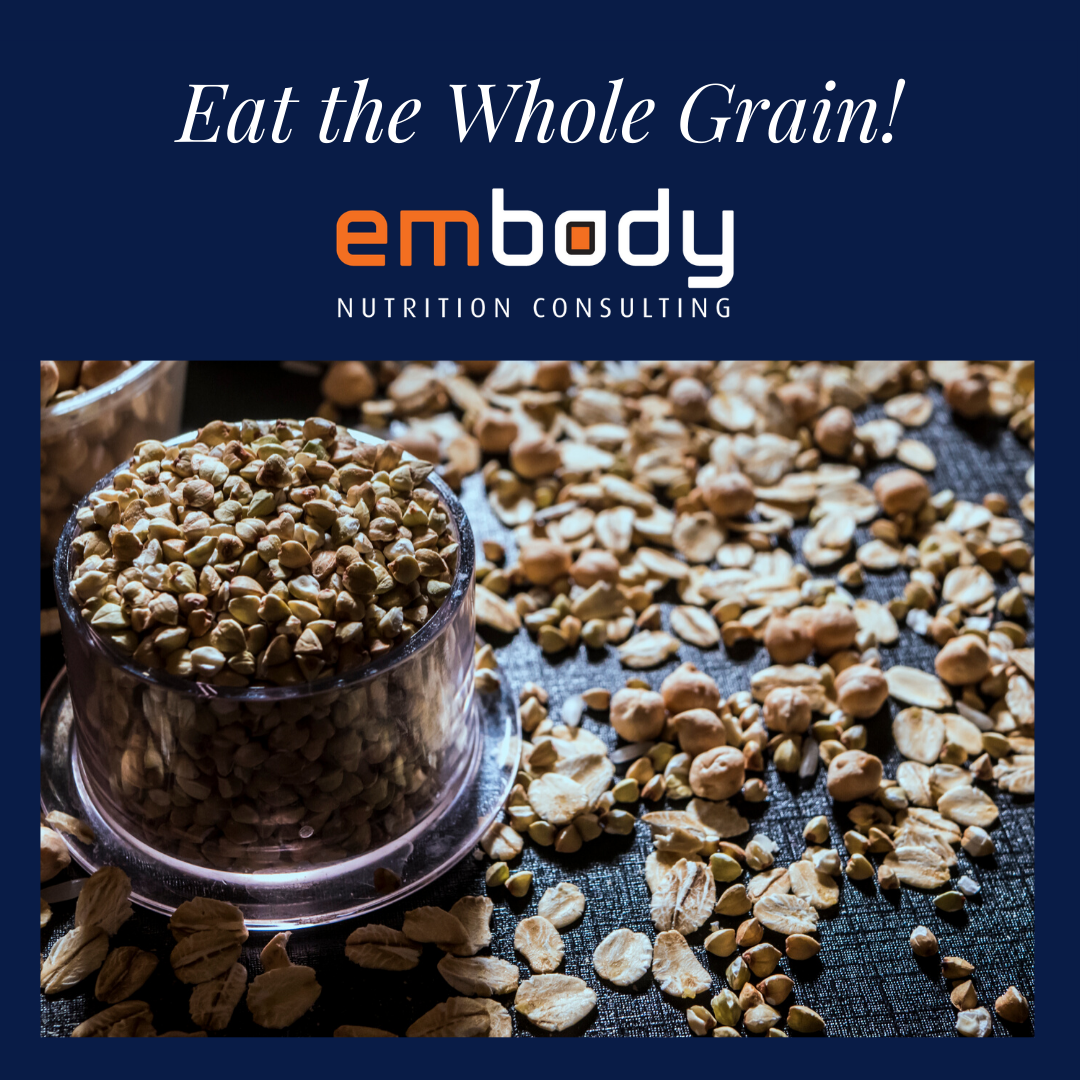Do you eat the recommended 48g of wholegrain per day?
If you answered no (or more likely ‘I don’t know’), you’re not alone – a huge 70% of Australians fall short. This is far from ideal, given wholegrain intake is associated with a reduced risk of cancer, type 2 diabetes, obesity and cardiovascular disease. A low intake of wholegrains may actually increase your risk of death and disease more than a low intake of fruit and vegetables. This recorded low intake may be partly due to a lack of understanding around what a wholegrain actually is…
So, what IS a wholegrain?
All grains start as wholegrains – it is what happens next that matters. The wholegrain is the entire ‘seed’ or ‘kernel’ of a plant. This seed is made up of a bran, germ and endosperm. The endosperm is manly starch, the germ includes B vitamins, fats, protein and minerals and the bran is where the vast majority of fibres and bioactive phytochemicals are found, along with more B vitamins.
Refining of grains removes the bran and the germ – leaving only the endosperm. This significantly effects the nutritional quality of a food, stripping it of fibre, phytochemicals (disease fighting compounds) and nutrients, and alters the impact it has on the bowel and the gut microbiome (the trillions of microbes that live in your large bowel). This is a problem, given the health benefits of wholegrains and fibre in particular are well known, and are at least in part due to the effect of our microbes ‘feeding’ on the fibre, and releasing beneficial compounds.
How to identify wholegrain products?
Wholegrains include: Amaranth, barley, buckwheat, corn, millet, oats, quinoa, rice (brown and coloured), rye, sorghum, teff, triticale, wheat – when consumed in the whole grain form.
Wholegrains can also found in products like bread, wraps, crackers and cereals. For example, 1 serve of Weet-Bix provides 73% of your wholegrain target for the day.
Outside of products in their raw state – think brown rice, quinoa etc. – it can sometimes be tricky to identify wholegrain products. There is a wholegrain logo to identify products that contain all, some or a little wholegrain, but not all products use this. If the first ingredient in the ingredients list contains the word ‘whole’ it is likely the product is predominantly wholegrain. It’s also a good bet if the first ingredient is a wholegrain like ‘brown rice’ or ‘rolled oats.’
How to ensure you’re getting your 48g?
There’s no real need to start counting your grams of wholegrains – unless you want to. Our advice would be to choose wholegrain when you can, and include a source of wholegrains at most of your meals. The worst thing you can do is to ditch wholegrains altogether – these foods really are the complete package!
Some ideas –
- Swap white flour for wholemeal in baking.
- Swap white bread for wholegrain bread.
- Swap refined cereal for wholegrain cereal e.g. Weet-Bix, oats or muesli.
- Add grains to your salads e.g. barley, quinoa.
- Swap white rice for brown.
- Add oats or muesli into your smoothie.
- Make bliss balls or homemade slice with oats.
- Snack on wholegrain crackers e.g. Vita-Weat with cheese/spreads.
If you a little help to get your diet sorted, contact us to today to see how we can help you!

